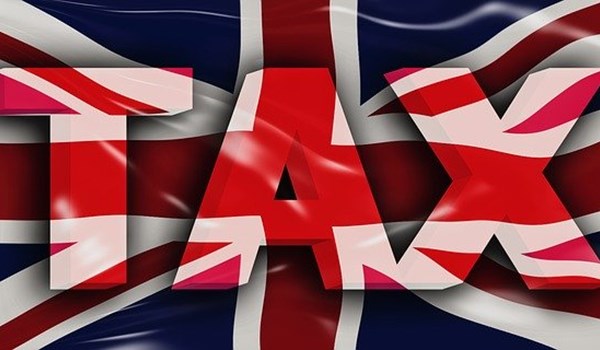Jurisdictions
Regions
Industry Sectors
23/11/22
UK: Positive findings by NAO regarding digital services tax implementation.

As published on icaew.com, Tuesday 22 November, 2022.
The national audit office (NAO) confirmed that implementation of the digital services tax (DST) has meant that most digital groups are now paying significantly more UK tax. Receipts from DST are up by 30% on HMRC’s initial forecasts to £358m for 2020/21.
In April 2020, HMRC implemented a DST designed to tax business groups that derive large revenues from UK users of search engines, social media platforms and online marketplaces. It is intended to be a temporary tax, to be replaced by the OECD’s pillar one reforms to international corporate tax rules.
The report by the NAO confirmed that only 18 business groups paid DST in 2020/21; 90% of all DST receipts in that year were paid by only five business groups. Despite this, the receipts in 2020/21 were 30% higher than HMRC’s forecast.
These statistics are not a complete surprise, as DST was always targeted at the largest digital businesses. Groups are only liable to pay DST if their worldwide revenues from in-scope activities are more than £500m, and more than £25m is derived from UK users. A group’s first £25m of UK revenues are exempt from DST.
The report’s findings around implementation were largely positive. DST payers appreciate the ability to submit only one annual return for the group. Feedback indicated that queries tended to be handled well by HMRC, which provided clear guidance and a proportionate approach to manage the administrative burden on business. It was also confirmed that the cost of implementation by HMRC came in around £1.5m under budget, at £6.3m.
Although compliance with the DST regime was better than expected, some challenges were noted in the report. Groups without a physical UK presence were considered to be a higher compliance risk, especially if they do not have an existing relationship with HMRC. These businesses might be unaware of DST, and enforcement of any liabilities will be more challenging where there is no UK footprint.
The report also acknowledged that groups may fail to identify that their revenues are within the scope of DST. Stakeholders raised concerns that the legislation is complex and, at times, not clear. Subtle distinctions in business models can affect whether revenues are within the scope of DST. This means that HMRC could find it difficult to establish the exact liabilities owed.
The report also discussed the complexities raised by the UK’s commitment to a multilateral solution under OECD’s pillar one reforms. HMRC has confirmed that DST will be abolished once these are implemented. It is difficult to quantify future tax revenues from DST as it will cease to apply from the point that the pillar one rules are introduced. Furthermore, future corporation tax receipts under pillar one are uncertain because key elements are still in the design phase. DST payers will also be able to reduce their corporation tax bill should DST payments exceed those which would have been made under pillar one for the transition years (2022 and 2023).
HMRC has also acknowledged that differences between pillar one and DST mean that there is little in the design, legislation and administration of DST that can be meaningfully applied to its future work. More complexity can therefore be expected in the future around taxing the digital economy.



